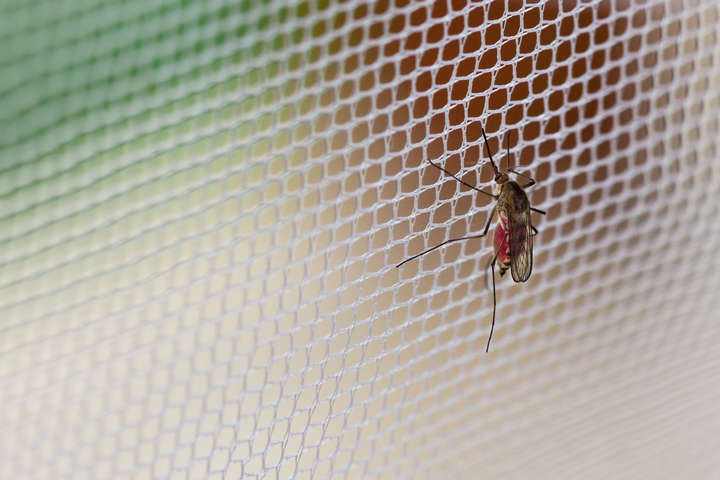Main Types Of Insecticidal Nets And When And Where They Should Be Used
Basically there are two types of nettings used for the prevention of mosquitoes and other harmful insects.
- Conventionally treated nettings
- LLINs
Conventional netting:-
Conventional netting is a normal mosquito net which is treated by dipping in a pyrethroid insecticide. This dipping of the netting is done by health workers of the area or the users do it themselves. This netting should be retreated after every three washes or every six months to ensure its continuous effect.

LLINs:-
These are factory treated nettings for mosquitoes and their fibres are incorporated with insecticides or it is coated on the fibres. These nettings are effective for up to 20 washes. It can survive up to three to five years of usage. Retreatment of these nettings is not necessary as the insecticides in the long lasting insecticidal nets stay effective for the life span of it.
Qualities of ideal netting:-
Mosquito nettings come in variable shapes and sizes according to the needs and situations. Ideal netting is the one which covers the sleeper’s body or bed completely. It should also be sufficiently spaced which doesn’t allow the direct body contact or touching of face with the fabric. It should be long enough to be tucked under the sleeping mat or the mattress. Prices of nettings also vary according to size, daily use and quality.
Main types of mosquito nettings:-
Rectangular nettings:-
Normally they are used over the bed or a sleeping mat in a way that they are suspended over the four loops or polls on every side of the bed.
Indoor support:-
In rural areas beds are also used for seating in the daytime so it is important to support the netting using detachable poles which can easily be positioned in the night time. Children should never be exposed to the dangers of mosquito bites because their skins and immune system are more sensitive then elders.

Outdoor support:-
In majority of rural areas people traditionally sleep outdoors in the hot climates when malaria is at its peak. People have a habit of chatting and working outdoors in the nights before they sleep. So it is necessary to use outdoor nettings in these areas. Outdoor nettings are easily detachable from the bed and are supported by a frame.
Most vulnerable time:-
To gain the full advantages of these nettings people should make sure they remain in the protection of nettings from dusk to dawn because this is the most vulnerable time for mosquito bites which can cause malaria and dengue. Children should never be allowed to sleep outdoors without the use of nettings.
Circular nettings:-
The second type of nettings is the circular or conical nettings. Usually these nettings are preferred over rectangular nettings because these can be hung using a single support as compared to rectangular nettings. These long lasting insecticidal nets are ideal for those houses which are circular or which don’t have enough space. They are available in double sizes. These nettings demand more care to avoid the bodily contact with the fabric due to their normal size. These nettings are commonly used in most of the African and Asian countries to prevent people